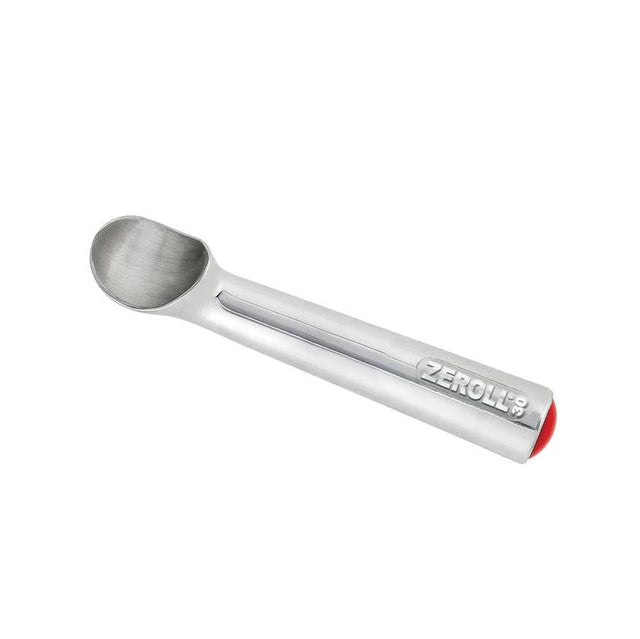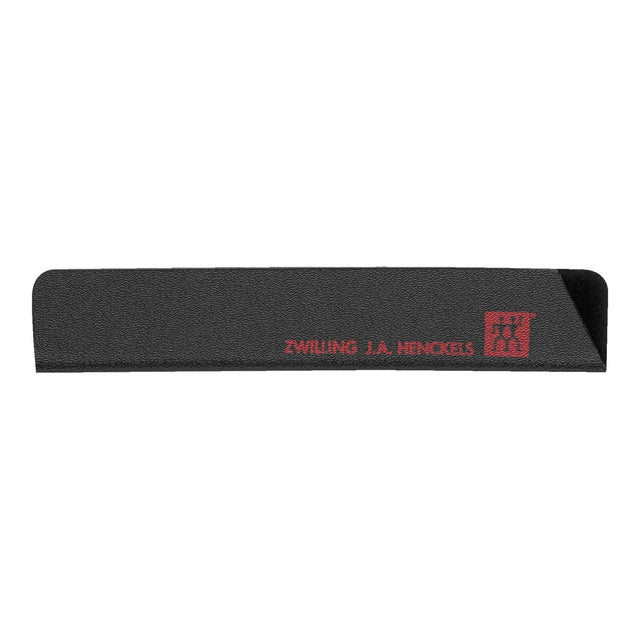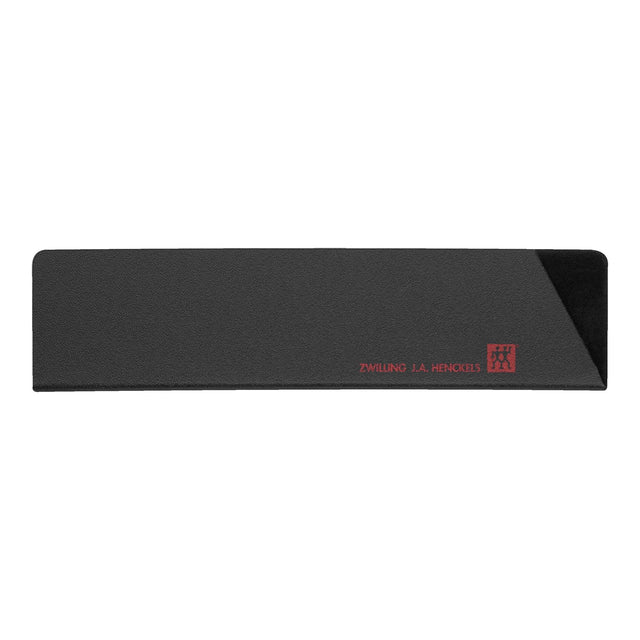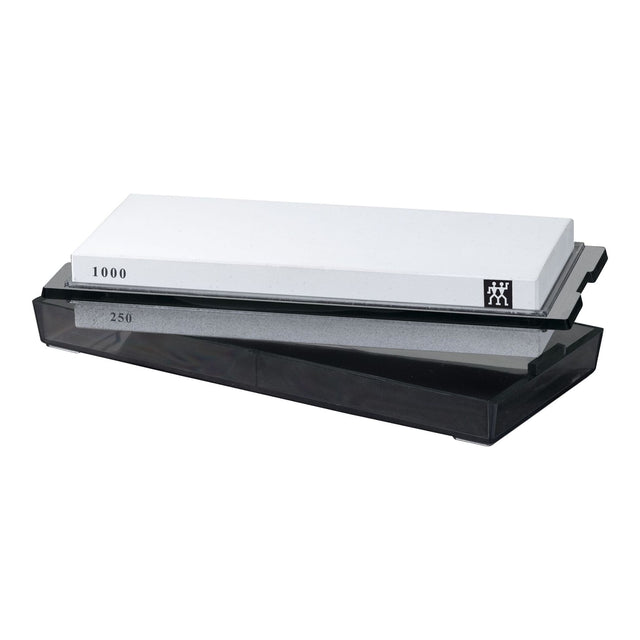Meat slicers are a fixture in every sort of food service establishment. They can be used for meats, cheeses, vegetables, and even feeding your cat!
There are many models of slicers to chose from, sizing is dictated by blade size from 8” up to as big as 14”. Pick the size of the machine you want based on the product you intend to slice on it. You can also look at the size of the carriage (where the food product is placed to be sliced) and determine if the carriage will safely hold your chosen product. Slicers are generally powered by belt-driven models and gear-driven models; belt drives are more popular and economical; and gear drives are usually for use in establishments that are slicing larger volumes or very dense products, especially cheeses.
Proper use and care of a meat slicer are often overlooked. Here are some simple guidelines to keep your slicer clean and in optimal working condition for many years.
CLEANING
Meat slicers are generally constructed of polished anodized aluminum. This finish allows for an easy “wipe down” of the slicer after each use, keeping it looking new for years. The slicer is designed to be disassembled without the need for tools; all parts that need to be removed for cleaning can be removed by hand! Extra care should be taken to make sure that the gauge plate is reset to “zero” where the cutting edge of the blade is not exposed. Many new models with safety lockouts will not allow the user to remove the other parts until the gauge plate is in the “zero” position.
The next step is to remove the meat carriage and the blade cover. These parts can be washed with hot, soapy water and should never be put through a commercial dishwasher. The chemicals which are commonly used in a dishwasher will corrode the anodized finish and leave your slicer parts with a dull, rough finish that can no longer be wiped down easily. Once the parts are cleaned and wiped dry, the slicer can be reassembled - again, without the use of any tools.
SHARPENING
Meat slicers come with their own built-in sharpening units. The sharpening unit consists of a sharpening stone (positioned on the back of the blade) and a honing stone (positioned on the front of the blade).
When in the sharpening position, the user will push down on the toggles of the sharpening stone and the honing stone to sharpen the blade. This also happens to be the point where most blades are ruined!
You’re probably wondering “How can sharpening my slicer blade ruin it?” Slicer blades are very similar to a sushi knife where the cutting edge is one-sided. When sharpening, most users apply equal time and pressure simultaneously to the sharpening stone and honing stone toggles, but in reality, they should be used independently. The user should first use the sharpening stone for approximately 30 seconds to a minute, followed by the honing stone for 10 to 20 seconds. The name of the stones truly indicates their purpose: the sharpening stone sharpens the blade, and the honing stone smoothens out the cutting edge, otherwise known as ‘honing the blade’.
We often see slicers come into our service department with a blade edge that has been “rolled over” which happens when the user has honed the blade at the same time that they’ve sharpened it, resulting in it losing its cutting shape - no more sushi knife!
Over time, the blade will reduce in size due to sharpening. Our Nella service department can reset the gauge plate closer to the blade. This keeps the machine safe for users and prevents the slicer from tearing the product being sliced. Blades should be replaced every few years, depending on usage.
LUBRICATING
All slicers should be lubricated regularly on any moving parts with food-safe oils, we suggest Nella mineral oil. Careful not to use vegetable oil, it will eventually gum up the moving parts requiring the machine to be taken in for service.
Hope you enjoyed the info above, enjoy your slicer!


















































